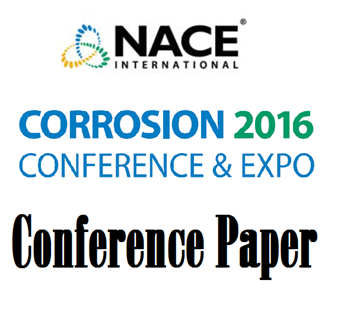Search
07526 Understanding MIC in Process Water Systems: Recent Findings on its Control
Also Purchased
08505 MIC of Steels by Iron Reducing Bacteria
Product Number:
51300-08505-SG
ISBN:
08505 2008 CP
Publication Date:
2008
$20.00
98285 CORROSION ENGINEERING ASPECTS REGARDING MIC RELATED FAILURES ON STAINLESS STEELS
Product Number:
51300-98285-SG
ISBN:
98285 1998 CP
$20.00
51316-7347-Quantifying the Risk of MIC
Product Number:
51316-7347-SG
ISBN:
7347 2016 CP
Publication Date:
2016
$20.00




